Spaniels - Their Hunting Instinct & How it Can Affect Your Life Together
Spaniels are full of personality, loyalty and have boundless energy and because of this they have long been chosen as companions for families. If you are new to spaniels being aware of their overriding hunting instinct that dates back centuries is important for your sanity and your relationship with them that you understand these instincts which underpin most of the activities, they enjoy.
We will delve into what makes spaniels tick spaniel including their history, hunting instincts and other personality traits. To help you understand how these instincts continue to shape the relationship between spaniels and humans.
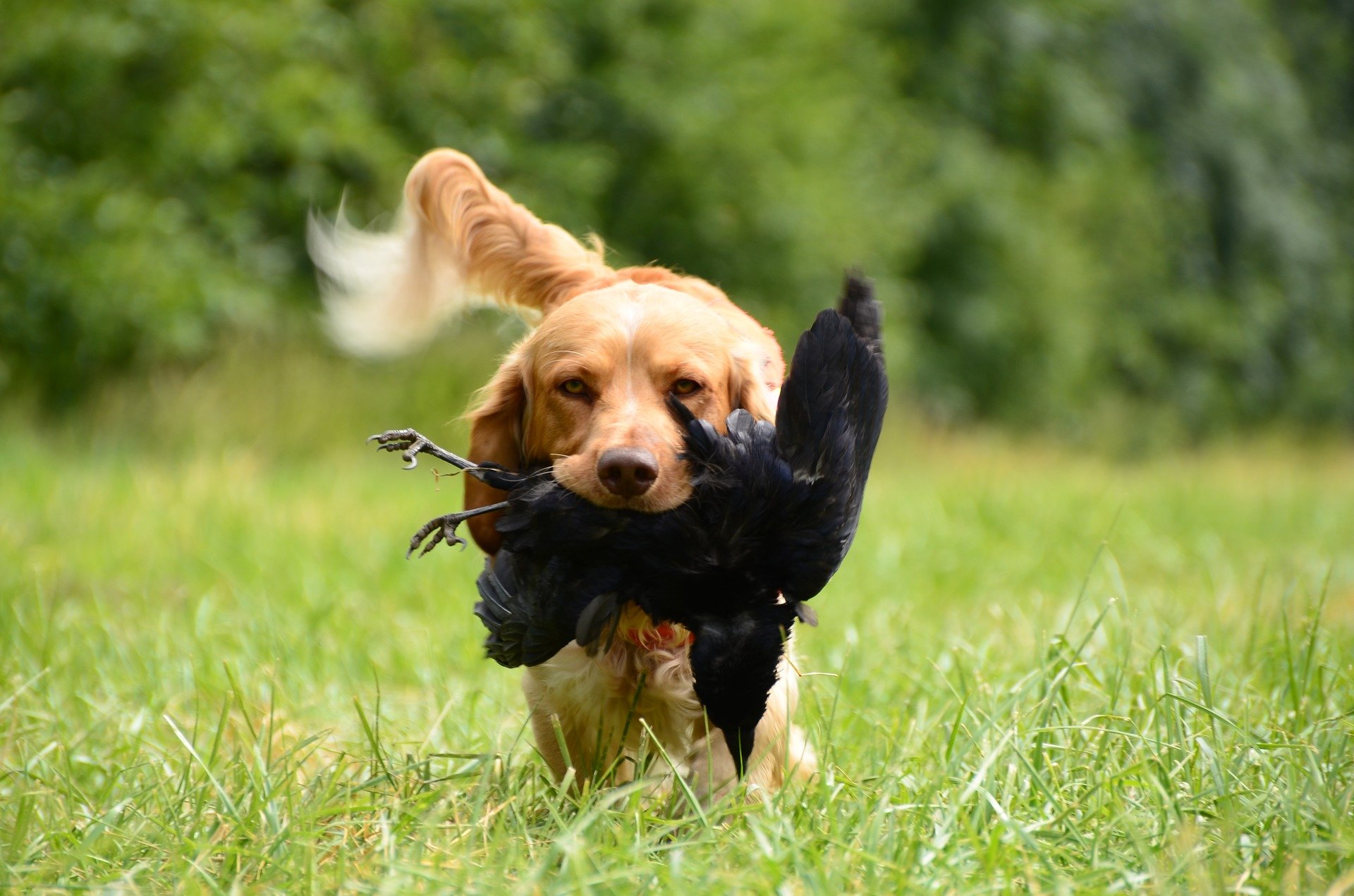
The history of a modern-day spaniel
Over the last number of centuries spaniel type dogs have been used to help farmers and gamekeepers’ mange birds and other wildlife initially for feeding their own family and now as a sporting activity or for selling to game merchants.
It is thought that the relationship we now have with our dogs evolved from native humans befriending wild dogs. It started as a two-way transaction, the wild dogs if they hung around human encampment, they would be able to find scraps and easy pickings of food and the humans finding having wild dogs surrounding their camp helped to protect them from other predators. This was initially to protect the humans and later livestock when they evolved into breeding other animals to help them with tasks or provide food for the camp and eventually to become what we now know as farmers who produced food to barter for other goods and services and eventually sell to others.
All the dog breeds we now know were specifically bred to help humans with a particular job, whether it be hunting in the case of spaniels, guarding, herding or other specific jobs. They did this by selecting the dogs they had brought into their camp that either had the skills, size, or temperament to do the job in the most effective way. So, they began breeding from them in the hope that these features were passed on to the next generation. In later centuries they used this selective breeding for looks and companionship rather than work. It took many generations of breeding in this way to achieve the breeds we now know and love. After of many centuries of selective breeding of dogs. By doing this they produced a variety of dogs that had the skills they needed including the breeds that are now identify as spaniels.
How spaniels became dogs that helped the farmers and much later gamekeepers.
As producing food from growing crops developed into what we now know as agriculture primitive farmers realised, they needed help to hunt birds and to manage vermin such as rabbits to protect their crops. They realised dogs could help them after watching wild dogs chase and make fly birds and other animals for their own food. So, they decided they could maybe use dogs to chase the birds and other animals into the open so they could be killed, dogs were rewarded for doing this my being provided with food and later a safe place to live. They then used these birds and animals such as rabbits for food for their family or to barter and eventually sell to others. In recent centuries the shooting of game became a leisure activity therefore the need for gamekeepers.
How spaniels were and are still used for hunting.
Spaniels were bred and are still used to chase or “flush” out birds and rabbits etc that were damaging their crops from dense undergrowth or in the fields and to provide the farmer with fresh food. They were bred to be the perfect companions for farmers and hunters. They needed to be loyal, fast, agile, clever, and versatile in many terrains including water. This is the unique combination of traits that defines spaniels today. Their senses, sharp instincts, loyalty and an unwavering drive which were developed for their job as hunting assistants also now makes them desirable as family companions. Which they can be if we understand that these evolved behaviours are still strong and will be ignited in certain situations.
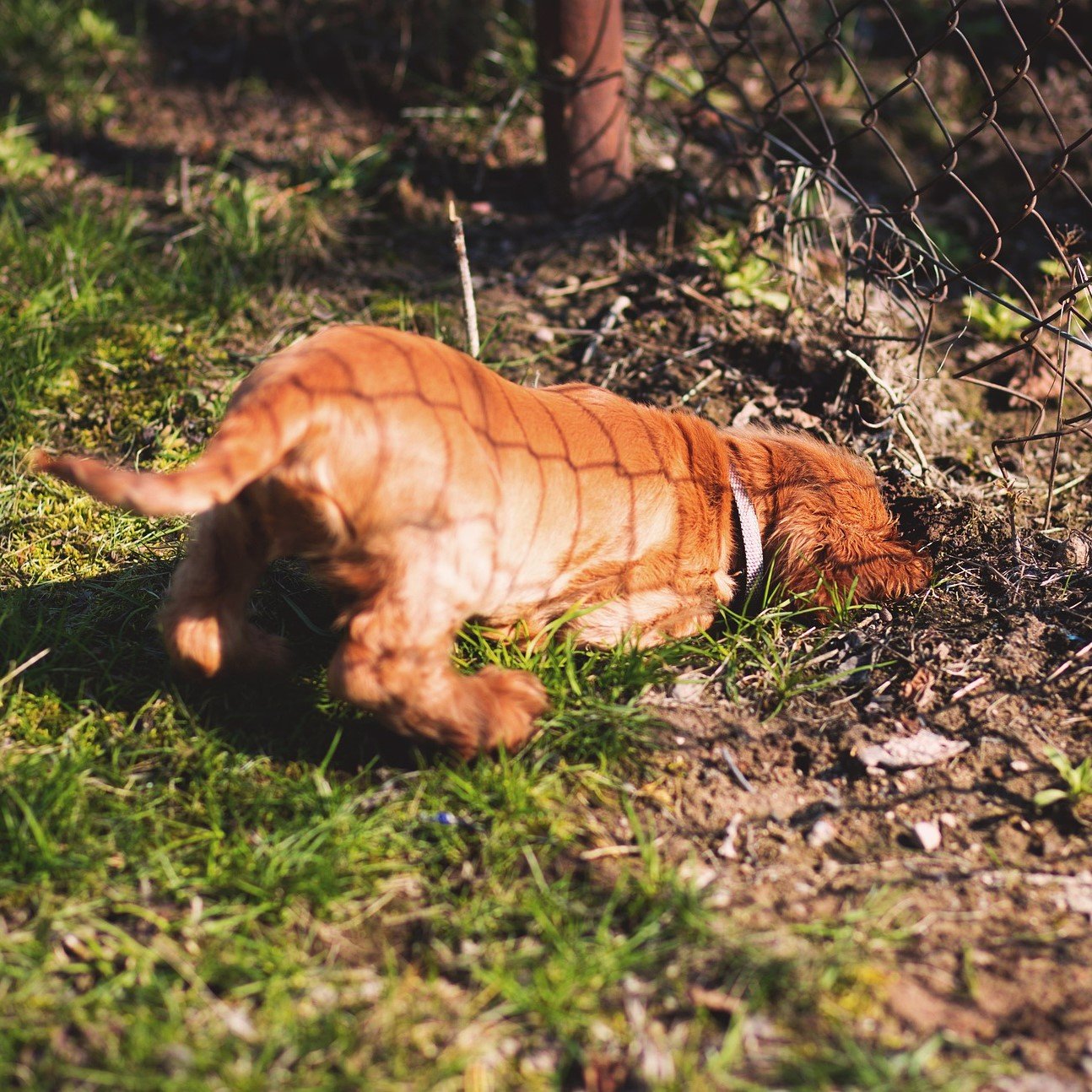
A spaniel’s natural hunting instincts
Spaniels hunt by tracking their "prey" target by picking up the direction of it initially using scent, sound their sight will only come into effect at the latter stages of the hunting sequence
There are several stages to how a spaniel hunts
Stage One – Ground scenting this is called “quartering” in hunting and sporting environments, but for me is a spaniel’s normal and natural behaviour when in an outside environment. This is when they zig zag with their nose to the ground trying to pick up the scent of potential “prey” which I will call “target” from now one. This doesn’t necessarily need to be a bird or other traditional target animal it can be anything they would like to find such as a person they know another dog or food. When working they do this to pick up the scent of their target which these days is with working dogs mainly birds. They zig zag as game birds do not walk in a straight line and they fly short distances so the dog needs to reconnect with the scent so they can find where it is hiding. Once they locate the approximate direction it is in, they will stop and enter stage two
Stage Two – Air scenting, this is when your spaniel lifts their head up and is sniffing the air and looking from side to side in a relaxed manner with a natural stance and often a free wagging tail. They know their target is in that approximate direction but are trying to pinpoint the direction and distance it to decide whether it is worth taking further before progressing to stage three
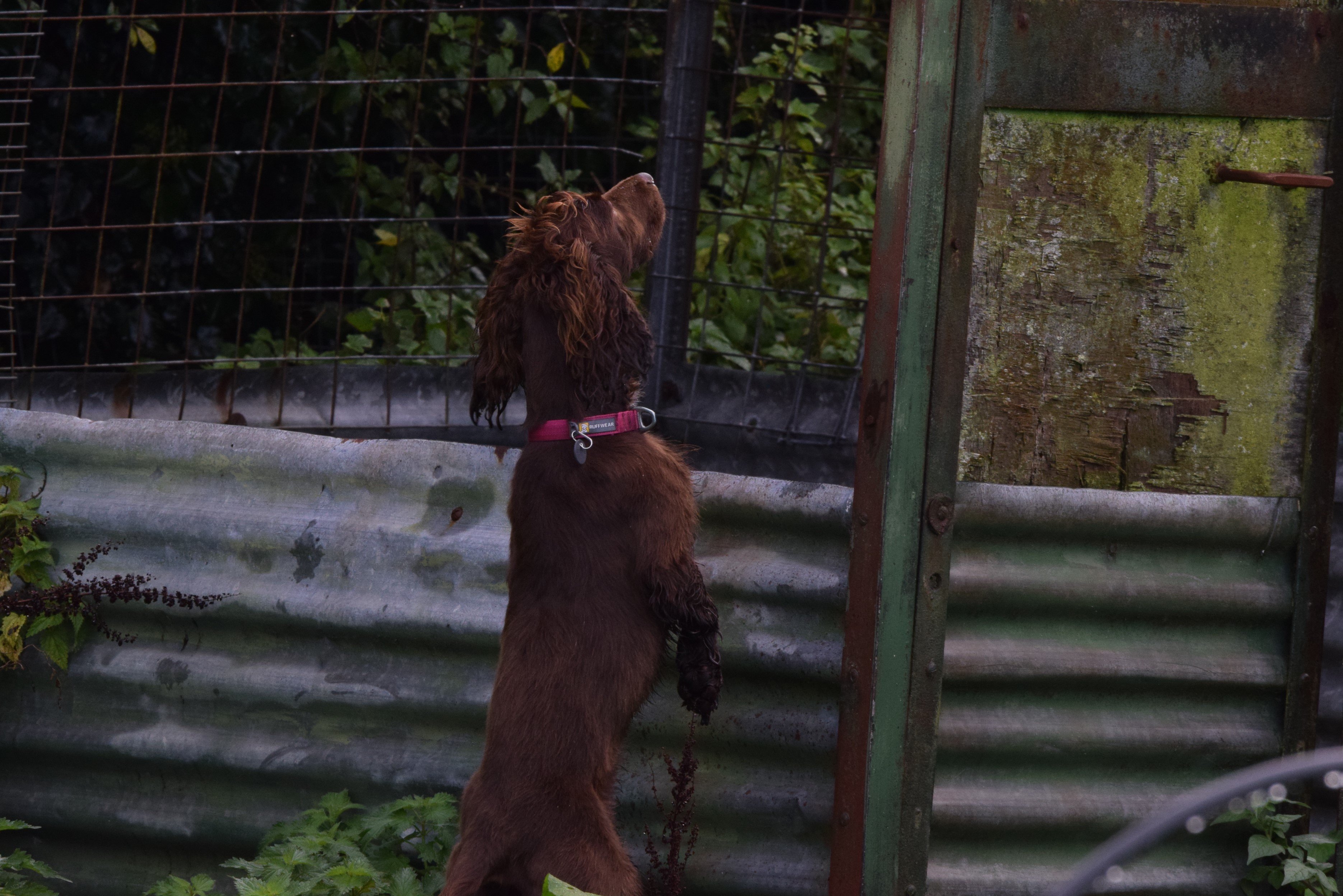
Stage Three – Targeting which is sometimes called pointing in other gun dog breeds. This is when they have narrowed down their target’s location to a narrower area even if it is a distance away at this point. This is when their head is still and they are staring in a straight line, their whole-body tenses and if their tail is wagging it will be stiff and slow some dogs may lift a paw. During this stage they are calculating if they want to proceed into stage four now without spooking their target too soon or deciding whether to move on to stage four.
Stage Four – Stalking this doesn’t always happen with spaniels as they may decide at stage three it is not worth pursuing their target as it may be too far away to be viable, or they identify a new target so disengage. They may decide to move straight to stage five if their target moves as their reaction to movement is so quick so must make their move there and then. Stalking happens when the dog thinks their target is too far away and they don’t want it to move to soon, so they have a chance at fulfilling their goal. This is when your spaniel will move forward slowly and deliberately to get closer to their prey without spooking it once the target moves the reaction to the movement becomes stage five.
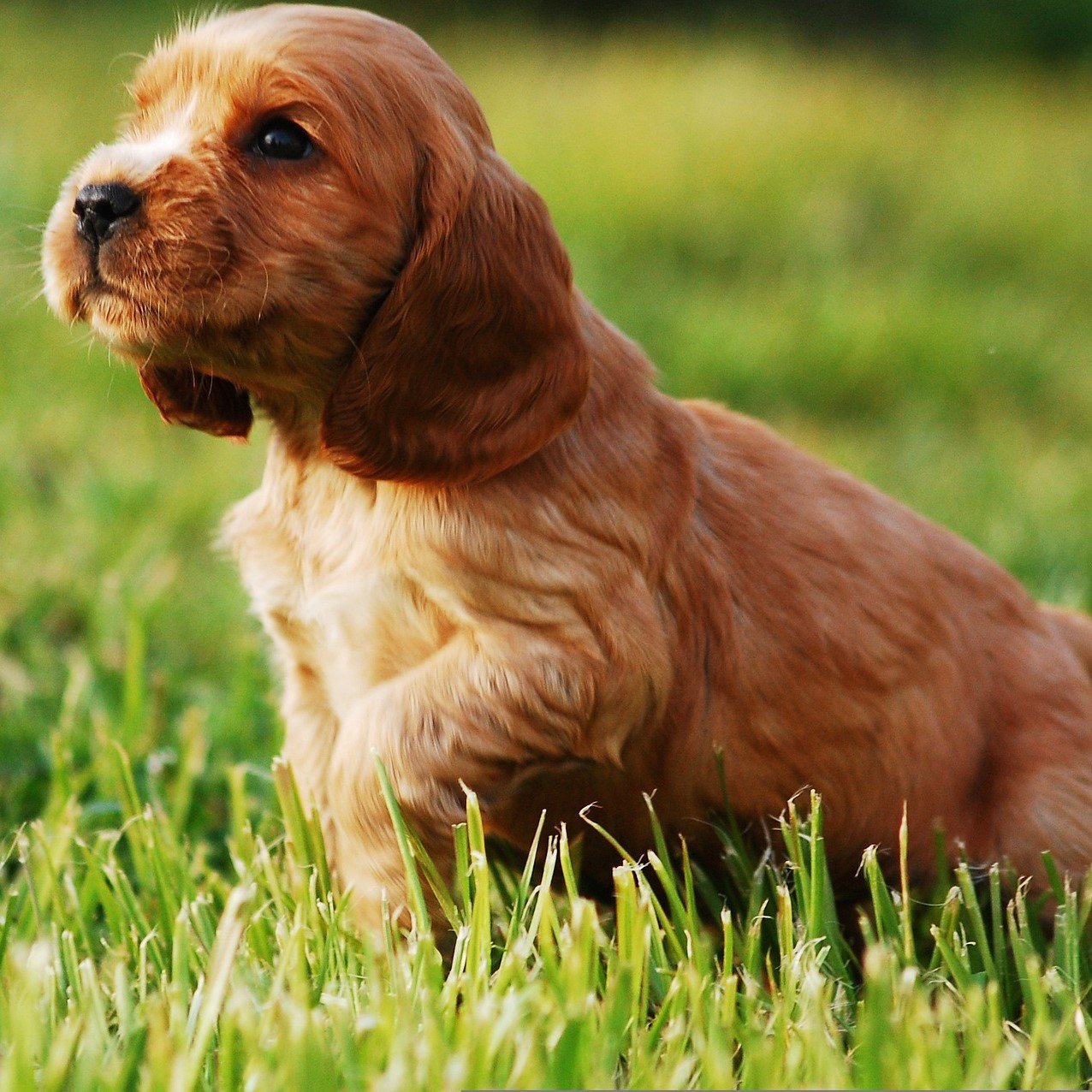
Stage Five – The Chase this happens once their target is in sight or moves and this is a spaniel’s goal. Chasing is one of their most favoured behaviours and is highly rewarding to them so if the target moves at any of the previous stages they will be forgotten, and the chase will ensue.
Stage six – The Disconnection this occurs once the chase has started and the target either gets out of the dog’s reach such as too high, goes out of the boundary such as a too high fence or they have reached the target and it is not interested in being chased. A spaniel will often stop the chase and return to where they came from and start looking for the next target and the sequence may start again.
This explains how they have been bred for and used as hunting dogs.
Spaniels have other natural instincts such as picking up and retrieving game and are sometimes used for this but usually they are used for the hunting and chasing aspects when working as they love it and are very good at it. Retrievers are used for this hence their name and hunt point and retrieve (HPR) dogs such as Hungarian Vizslas, Weimaraners and pointers are used for all the roles.
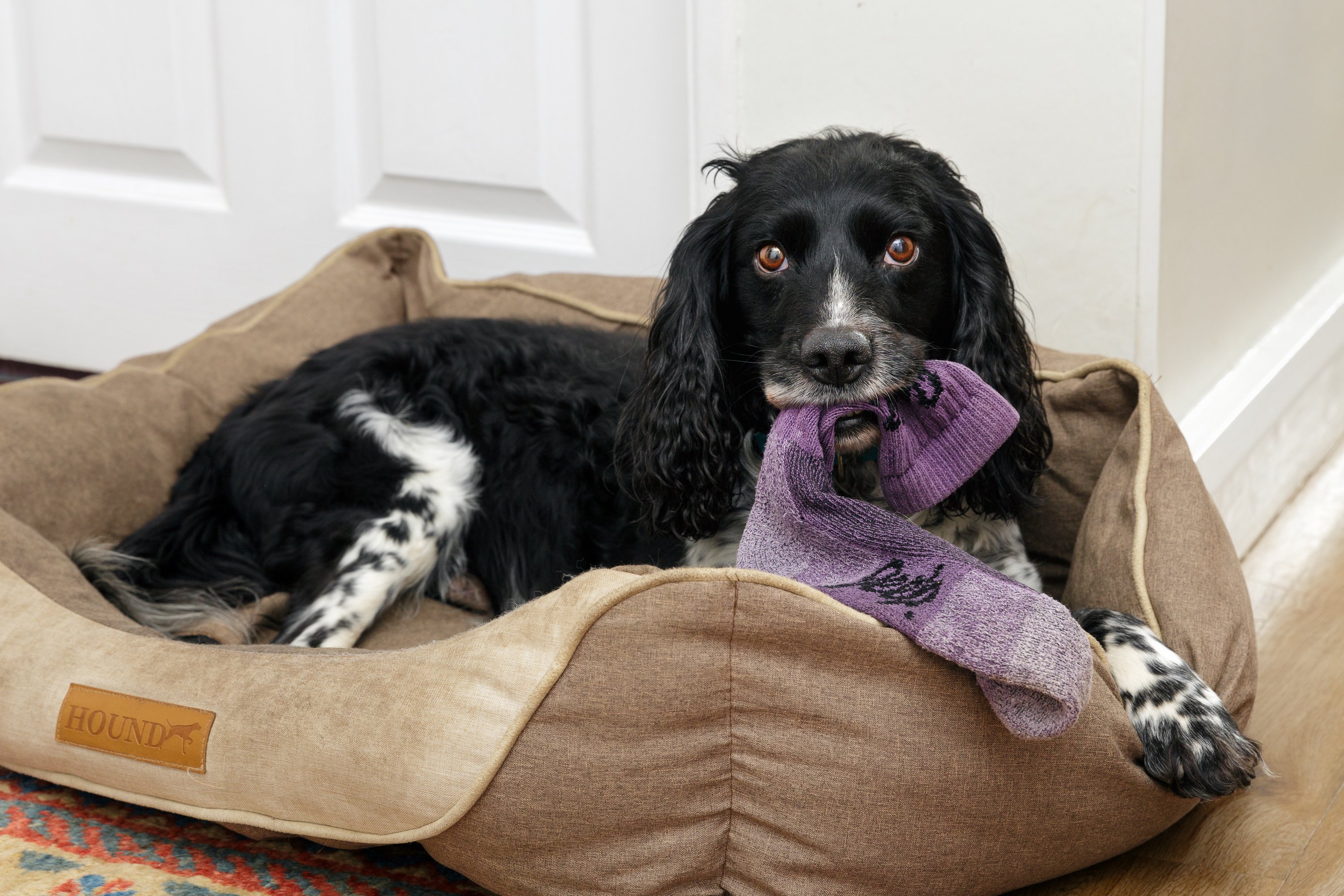
Why spaniels are so popular as family dogs
The some of the reasons I and so many others love spaniels are their eagerness to please, sensitivity, loyalty, affection. ability to learn and problem solve due to the evolution of instincts and skill mentioned above makes great family members.
Here comes the BUT
As the above instincts have been deeply embedded within spaniels over many centuries these instinct will emerge during your dog’s life with you. Your spaniel might not engage in traditional hunting if they live in an urban area as traditional “prey” such as pheasants may not be available to them normally, but their hunting instincts are still strong and continue to shape their behaviours, relationships, and interactions with the world around them. So they may focus them towards targets such as town birds, squirrels and other animals, urban foxes and people. Or if you visit the country their natural instincts will kick in if the situation allows.
By understanding and appreciating your spaniel’s inherent hunting abilities and natural needs, you can forge a strong long-lasting relationship with your remarkable dog and provide them with a safe and fulfilling life while ensuring you allow them appropriate access the to what they love and need to do to live a happy existence in our world.
If have a spaniel a spaniel mix or Cockapoo and you would like help in understanding their needs, personality, hunting instincts and how to ensure they live happily in our human world while still having the opportunity to act as spaniels. Consult a professional dog trainer or behaviourist who offers gentle, rewarding & pain free methods for guidance and support.
If you would like personalised advice or help with your puppy or dog contact Gill.
Speaking Spaniel
www.speakingspaniel.co.uk
gill@speakingspaniel.co.uk
07595 217299